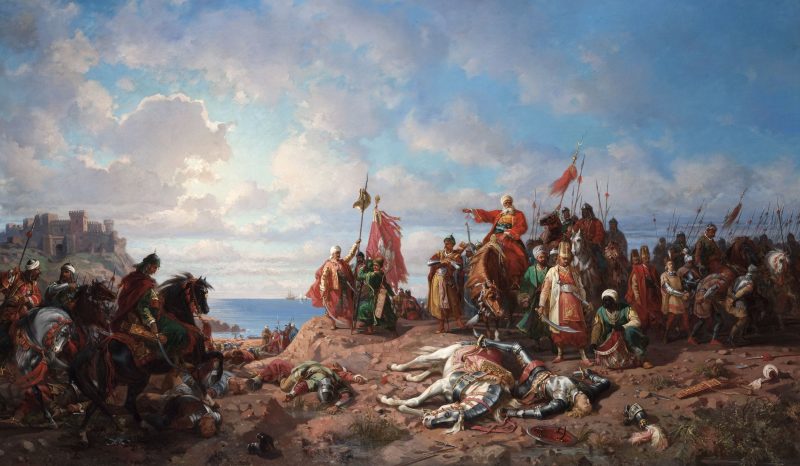In the beginning of the 15th century, the Crusader army went deep into the realms conquered by the Ottomans and fought them in several bloody battles. After a harsh winter in 1443, while the army was near Sofia, a truce was signed between the Christian countries of the Old Continent and the Ottoman Empire. The peace treaty was set to last for a period of 10 years. A lot would change at the very beginning of this countdown.
Prelude
The Ottoman Emperor Murad II was content with the current position and border of the empire. He believed that there was no force that could destabilize his European borders, so he abdicated from the throne in favor of his son. The young Mehmed sat on the throne of his father, while the old emperor went to Anatolia to rest after the long years of conquest and politics.
The Crusaders (Hungary, Bohemia, Poland, Lithuania, Croatia, Moldova, Wallachia, Serbia, the Catholic Church, and the Bulgarians) saw in this a fair chance for them to gather their force again. Believing the young and inexperienced Sultan would have no chance against them, they organized a new expedition. Ther aim was to once and for all get rid of the Ottoman powers in the Balkan peninsula. The idea of the Crusade was immediately approved by the head of the Catholic Church.
The Crusader Army
Commanders
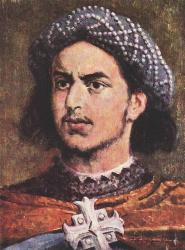
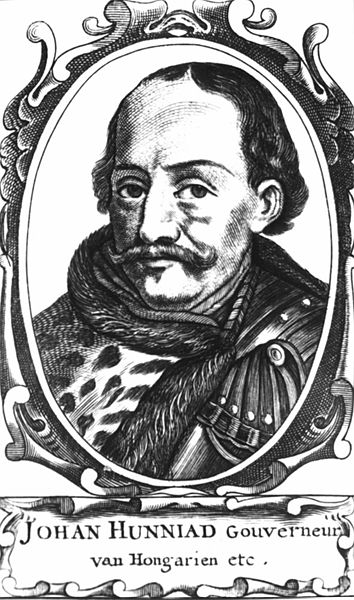
Force
The main force of the Crusaders was around 15,000 men, mainly Hungarians, Polish, and Czechs. Around 7,000 more Wallachians under Vlad Dracul joined their force. The army also had in its midst Teutonic knights. The overall number of the force counted around 25-30,000 men.
The Ottoman Army
Commanders
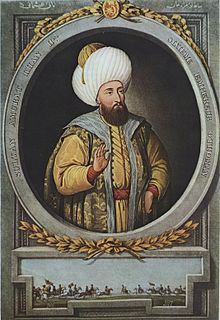
Seeing the rising power from the west, the young Sultan did understandably concerned. Persuaded by his advisers, Mehmed insisted upon the immediate return of his father, who complied with this command. Alongside the old sultan were the generals Kasim and Karadzha Pasha.
Force
The Ottoman force which was gathered to fight off the Crusader army was not as large as it could have been. However, even though they had to gather an army as quickly, it was still a considerable one. The mobilized units included Janissaries, Sipahi, and mercenaries from all over the Sultanate. The army Murad managed to gather was quite possibly twice as big as that of the Crusaders. Roughly, the Ottomans counted 40-50,000 men.
However, Murad had another issue he had to deal with first and that was the movement. An allied force of Venetian, Papal, and Burgundian ships besieged the Dardanelles, forcing the Ottomans to pick another course. Nevertheless, Murad managed to go through the Bosphorus. He was aided by the Genoeses and covered by artillery while crossing.
Movement
The Crusade, after all the preparations, started later than planned. It was already September before the army finally started their movement. This left them with just a few months before another harsh Balkan winter, which could kill all their efforts. Moreover, it was certainly next to no time for them to reconquer any lands before meeting with the Ottomans forces on the field.
After the Crusaders had crossed the Danube it all went downhill. They did not manage to retake even a single city on their way. Thus they left the important fortresses of Vidin, Nicopolis, and Turnovo at their backs.
The Crusaders were finally able to reconquer two important provinces. The Crusaders continued their march to the city of Varna. There they would’ve joined the naval forces of Venetia and the Papal contingent. Then Crusaders were looking forward to pushing the Ottomans out of Christian lands once and for all. On their way to Varna, the Crusaders went down on Via Pontica road, to speed up their advancement, without the need to cross the mountains.
The Ottoman commander and ex-sultan possibly suspected that plan, for he new all the roads in his realm. Therefore, he led his force another way in order to intercept the Crusader army and catch them unprepared. The concentrated Ottoman force covered the distance in less than a month. Meanwhile, it took the Crusaders two and a half months to reach their destination. The Crusade did not move any faster not because their road was much longer. On the way, they tried to retake fortresses, which slowed them down decisively.
Tactics and Battle of Varna
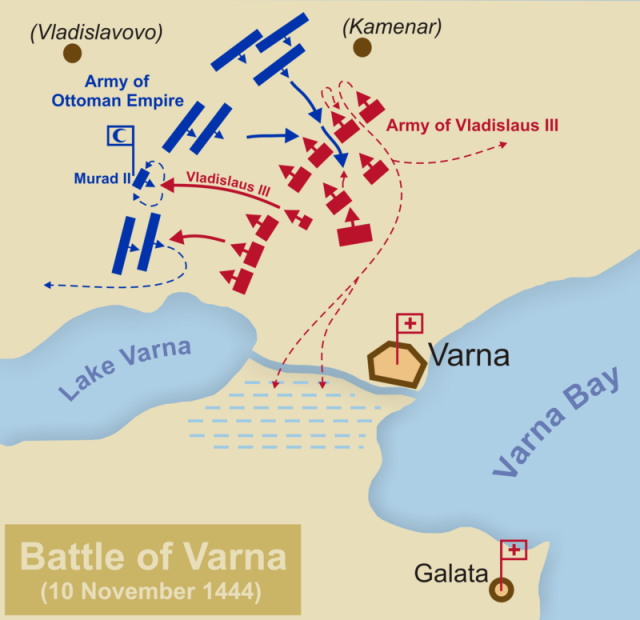
On November 9th, 1444, the forces of Murad had already won a significant tactical advantage. The road the Crusaders took was blocked and they were forced into an unfavorable position. A military council was called. Even though there were other suggestions, Hunyadi’s plan was accepted by Wladyslaw. Tactically it was a good strategy.
They had two choices – to stay and defend their position or to lead a charge, break the Ottoman lines and join with the naval reinforcements. Hunyadi suggested exactly the latter, stating that a defense would not be possible to hold for long. Not only was winter coming, but they had little supplies, a poor defensive position, and no chance to join with the reinforcements if they chose to stay. Acting upon his plan, the Crusader army deployed their forces, ready to storm the Ottomans.
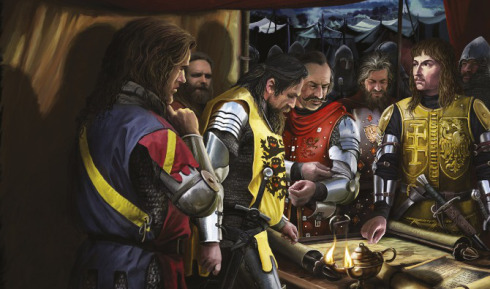
Meanwhile, in the Ottoman camp, Murad was already confident that he would win. The former leader of the Ottoman Empire was familiar with Hunyadi’s thinking and expected the commander to make that exact move. He deployed the armies in a similar manner as in the Battle of Nicopolis, stationing a small reserve on a near plateau.
As the battle started on the next day, the Rumelian cavalry attacked the right wing of the Crusaders. But as soon as the engagement occurred, Murad ordered his men to retreat. The confused Crusaders ran after the withdrawing army and fell right into the trap. The reserve then charged and routed the Crusaders’ right wing in no time.
On the other part of the battlefield, for a while, it did look like the Crusaders were close to victory. They manage to push the lines of the enemy and reach the core of the Ottoman army. However, as the things were going well for the Crusaders, the deeper they went into the lines of the enemy, the easier the enemy broke their order. The Ottomans isolated the Crusader forces in smaller groups and destroyed them one by one. Even though the Hungarian King understood what was happening he still was not willing to give up. And that decided the outcome of the entire Crusade.
The Death of the King
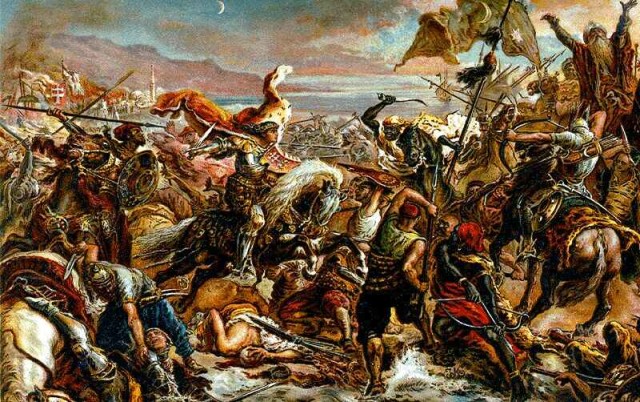
Wladyslaw saw Murad on the battlefield and charged on his steed to reach the enemy leader and defeat him. We could assume he hoped that if Murad fell killed by his hand the battle will be effectively over and won by the Crusaders. Unfortunately for him, his horse fell beneath him, leaving him on the ground and open to the enemy attack. King Władysław III was killed and, with his death, the Crusader’s last hope of victory was gone.
The Ottomans quickly led a counter-attack and started massacring the already decimated Christian force. The last of the Crusader army survived only by the selfless effort of Hunyadi and his men. With extreme difficulty and at a cost of many lives, they withstood the counter-attack of the Ottomans and withdrew to Mizia.
Aftermath
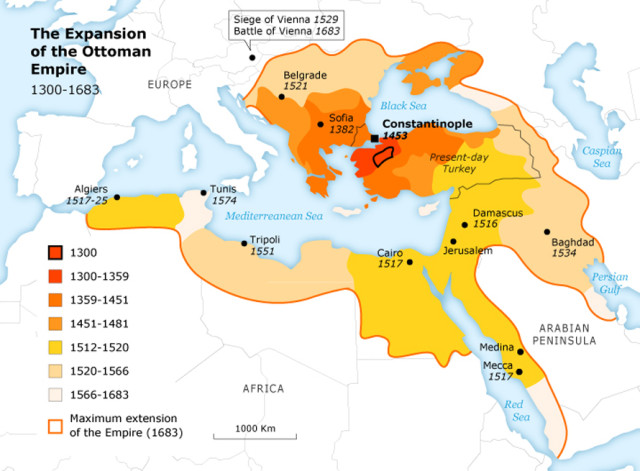
The casualties both sides suffered were immense. The Ottomans lost so many of their force that Murad allowed the remaining Crusaders go. The former Sultan chose to give his men three days rest before renewing military actions to recapture the lands taken by the Crusaders.
The defeat of the Crusaders near Varna has a serious impact on the Christian countries. Four more years would pass before the Hunyadi could gather another force strong enough to fight the Ottomans. With this battle, however, the Ottomans successfully removed their strongest enemies. Subsequently, large territories were made vassal to the Ottomans and their power on the Peninsula lasted for centuries.
Bibliography:
- Kyumyudzhiev, The Great Battle of Nations – Varna, 1444. National Geographic
- Bozhilov and Vasilev, History of Medieval Bulgaria, 1999, Publisher: “Anubis.”
- J.Smith, The Crusades: A History, 2005 Bloomsbury Academic
